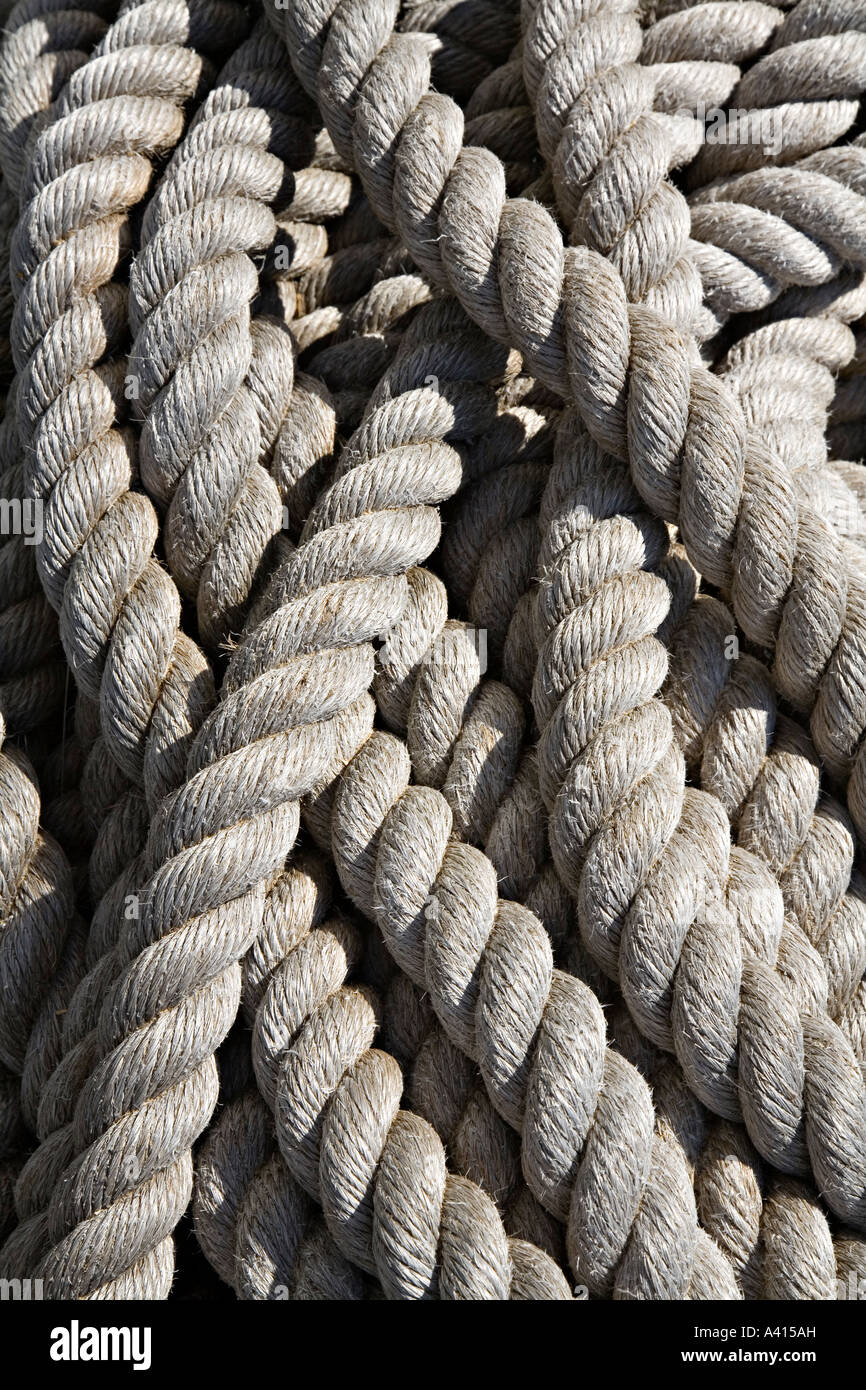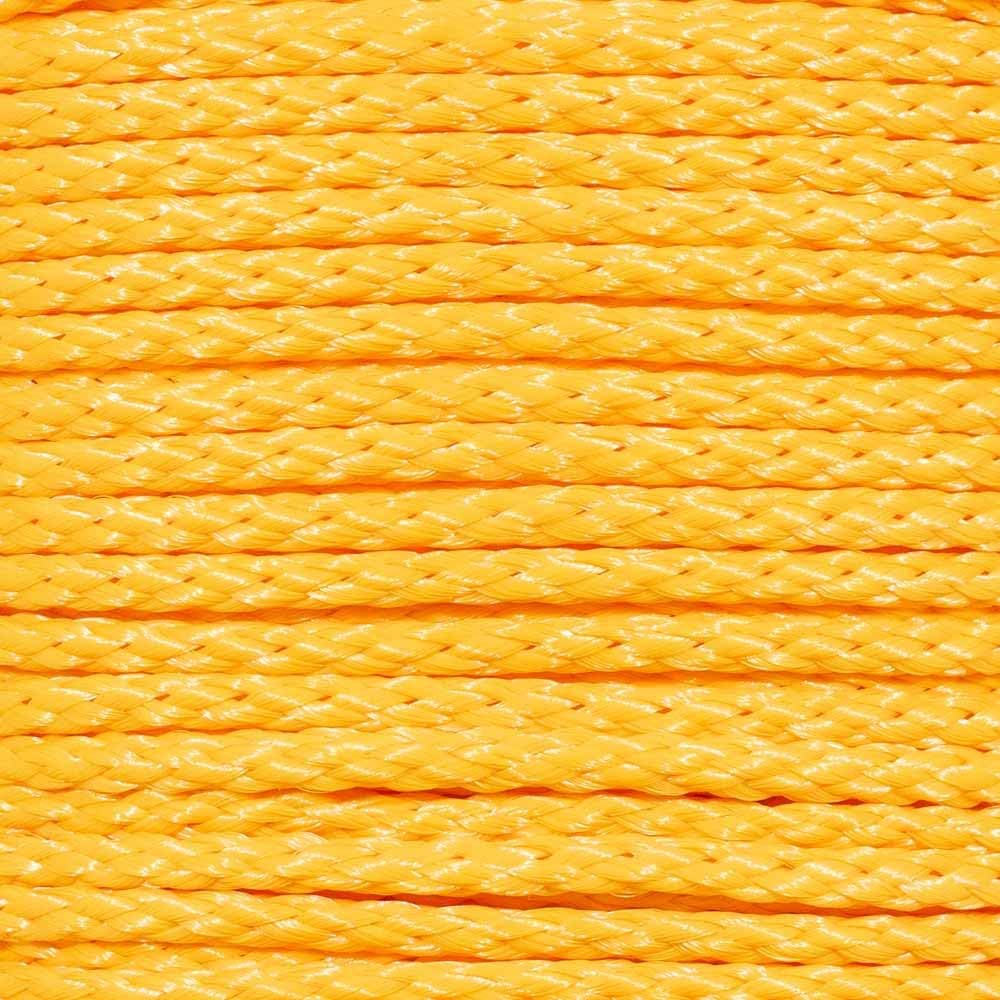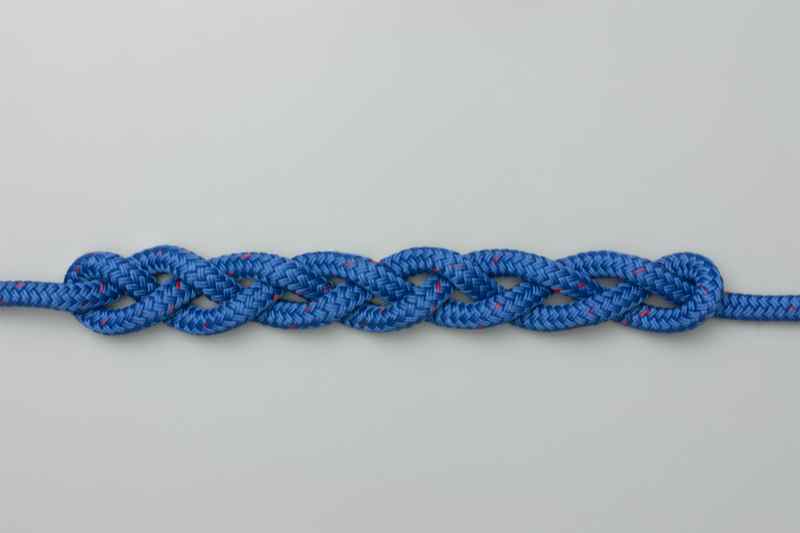| Knot Tying - Stage 4 -Difference between laid & braided rope | |||||||||||||||||||||
|
|||||||||||||||||||||
The following information is taken from the AY Honor for Knot Typing in the Seventh Day Adventist Pathfinder guidelines for this honor. The information is what they suggest to follow while learning the knots. I Mr. D will be adding additional helps to the guidelines that need to be done to meet the requirements of this honor.
|
|||||||||||||||||||||
About Me | Contact Me | Site Map
Property of Mr. D - 2025


